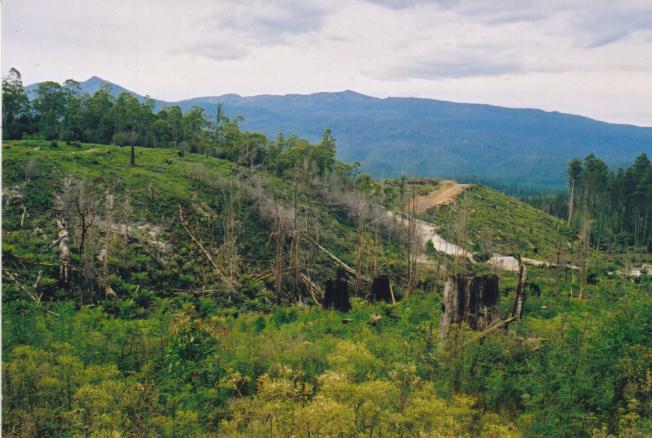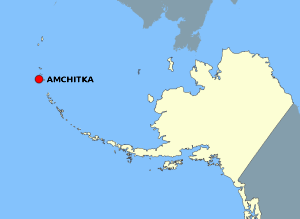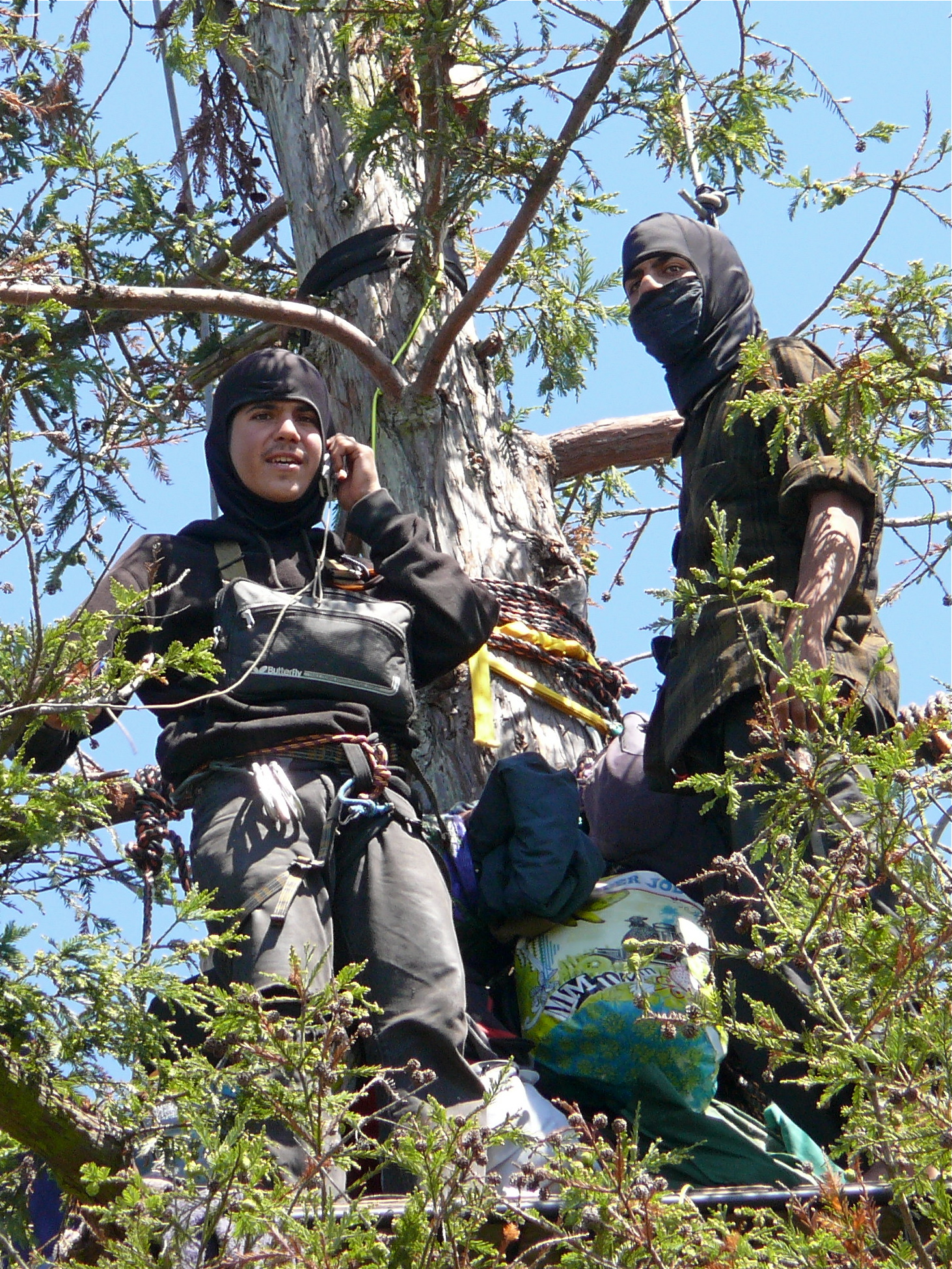|
Styx Valley
The Styx Valley is a valley located adjacent to the Tasmanian Wilderness World Heritage Site on the island of Tasmania, Australia. The Styx River is the main drainage system of the valley that lies about northwest of Hobart, with the nearest town being Maydena. Location and features Temperate wet eucalypt forests in the region are home to the world's tallest flowering plants, ''Eucalyptus regnans''. Rainforest gullies are carpeted in mosses and lichens and shaded by the tree ferns ''Dicksonia antarctica'', known locally as Man-ferns, and other rainforest tree species including Southern Sassafras (''Atherosperma moschatum''), Myrtle Beech (''Nothofagus cunninghamii'') and Celery-top pine (''Phyllocladus aspleniifolius''). In 2002, Australia's most massive tree, nicknamed El Grande, was discovered. It died in an autumn burn in 2003. The valley has been the site of an ongoing conflict between environmentalists, who have proposed the protection of the site as a national pa ... [...More Info...] [...Related Items...] OR: [Wikipedia] [Google] [Baidu] |
Styx River (Tasmania)
The Styx River is a perennial river in the centre of southern Tasmania, Australia. The upper reaches of the Styx River are in the Tasmanian Wilderness, south west of Maydena. The river is a popular destination for river-rafting and canoeing. Location and features The Styx River rises below Mount Mueller at an elevation of above sea level and flows generally east by north, joined by five minor tributaries, before reaching its confluence with the River Derwent near Macquarie Plains, west of . The river descends over its course. The Styx Valley contains old growth forests including the tallest hardwood trees on earth, ''Eucalyptus regnans''. The Wilderness Society and Senator Bob Brown have campaigned to save the forest from harvesting for sawn timber and woodchips. Some trees are so large they have become tourist attractions and named, including the ''Christmas Tree'' and ''Chapel Tree''. The first settlers in the Styx Valley arrived in 1812. The name has no classical ... [...More Info...] [...Related Items...] OR: [Wikipedia] [Google] [Baidu] |
Celery-top Pine
''Phyllocladus aspleniifolius'', commonly known as the celerytop pine, is an endemic gymnosperm of Tasmania, Australia. It is widespread and common in Tasmania, with the most abundance in the western highlands. Its ‘leaves’ appear similar to those of a celery plant, hence the common name. Description ''Phyllocladus aspeniifolius'' is a large, conical conifer in the family Podocarpaceae. The trunk is erect with horizontal branches. True leaves appear at the seedling stage and are fine and needle-like. Mature leaves are reduced to minute, brown scales. The function of the leaf is taken over by cladodes that look like green diamond shaped leaves, similar to the leaves of a celery plant, hence the common name “celery-top pine”. The cladodes are thick and flattened, 3–8 cm long borne spirally on green stems. The plant may bear male and female cones on the same tree or separate trees in summer. The male cones are cylindrical, 3–5 mm long, with 2-3 togethe ... [...More Info...] [...Related Items...] OR: [Wikipedia] [Google] [Baidu] |
Valleys Of Australia
A valley is an elongated low area often running between Hill, hills or Mountain, mountains, which will typically contain a river or stream running from one end to the other. Most valleys are formed by erosion of the land surface by rivers or streams over a very long period. Some valleys are formed through erosion by glacier, glacial ice. These glaciers may remain present in valleys in high mountains or polar areas. At lower latitudes and altitudes, these glaciation, glacially formed valleys may have been created or enlarged during ice ages but now are ice-free and occupied by streams or rivers. In desert areas, valleys may be entirely dry or carry a watercourse only rarely. In karst, areas of limestone bedrock, dry valleys may also result from drainage now taking place cave, underground rather than at the surface. Rift valleys arise principally from tectonics, earth movements, rather than erosion. Many different types of valleys are described by geographers, using terms th ... [...More Info...] [...Related Items...] OR: [Wikipedia] [Google] [Baidu] |
Upper Florentine Valley
The Upper Florentine Valley is a valley in the south of Tasmania, Australia, is an area recognised for its landscape and old growth forests. It is situated along the Gordon River Road near Maydena in the southwest of the island, roughly three hours drive from Hobart and comprises around of temperate rainforest and tall eucalypt forest. The Upper Florentine forms part of the Florentine catchment upstream (south) from Churchill Creek. Geographically it is an area of generally low relief valleys and flats. The area is a known habitat for threatened species of flora and fauna, including myrtle elbow orchid, grey goshawk, and spotted-tail quoll. In 2009, the Upper Florentine received attention in the media for a series of arrests made by Tasmanian Police of protesters taking part in various pro-conservationist rallies. Management controversy The valley was managed by Forestry Tasmania on behalf of the Tasmanian Government and featured in the ongoing political debate on defore ... [...More Info...] [...Related Items...] OR: [Wikipedia] [Google] [Baidu] |
Old Growth Forest
An old-growth forestalso termed primary forest, virgin forest, late seral forest, primeval forest, or first-growth forestis a forest that has attained great age without significant disturbance, and thereby exhibits unique ecological features, and might be classified as a climax community. The Food and Agriculture Organization of the United Nations defines primary forests as naturally regenerated forests of native tree species where there are no clearly visible indications of human activity and the ecological processes are not significantly disturbed. More than one-third (34 percent) of the world's forests are primary forests. Old-growth features include diverse tree-related structures that provide diverse wildlife habitat that increases the biodiversity of the forested ecosystem. Virgin or first-growth forests are old-growth forests that have never been logged. The concept of diverse tree structure includes multi-layered canopies and canopy gaps, greatly varying tree height ... [...More Info...] [...Related Items...] OR: [Wikipedia] [Google] [Baidu] |
Mark Latham
Mark William Latham (born 28 February 1961) is an Australian politician and media commentator, currently serving as a member in the New South Wales Legislative Council. He previously served as the leader of the Australian Labor Party (ALP) and leader of the opposition from December 2003 to January 2005, leading the party to defeat at the 2004 federal election. Latham was born in Sydney and studied economics at the University of Sydney. He joined the Labor Party at a young age and worked as a research assistant to Gough Whitlam and Bob Carr. He was elected to the Liverpool City Council in 1987 and became mayor in 1991. Latham entered the House of Representatives by winning the seat of Werriwa at the 1994 Werriwa by-election. He was included in Labor's shadow cabinet after the 1996 federal election, but left the frontbench in 1998 following a dispute with the party leader, Kim Beazley. He returned to the shadow cabinet in 2001, when Simon Crean became leader. Latham became le ... [...More Info...] [...Related Items...] OR: [Wikipedia] [Google] [Baidu] |
Tasmanian Wilderness Society
The Tasmanian Wilderness Society was a Tasmanian environmental group that started in 1976 in response to a proposal by the state's Hydro Electric Commission to construct a dam on the Gordon River, downstream from the Franklin River, that led to the Franklin Dam controversy. The group evolved from membership of the South West Tasmania Action Committee and members of the United Tasmania Group. It was active in public protest about the issues of Wilderness, the Franklin River and South West Tasmania. After the Franklin Dam campaign the group changed its name in 1983 to The Wilderness Society (Australia) The Wilderness Society is an Australian, community-based, not-for-profit non-governmental environmental advocacy organisation. Its vision is to "transform Australia into a society that protects, respects and connects with the natural world that .... Notes {{reflist 1976 establishments in Australia ... [...More Info...] [...Related Items...] OR: [Wikipedia] [Google] [Baidu] |
Greenpeace
Greenpeace is an independent global campaigning network, founded in Canada in 1971 by Irving Stowe and Dorothy Stowe, immigrant environmental activists from the United States. Greenpeace states its goal is to "ensure the ability of the Earth to nurture life in all its diversity" and focuses its campaigning on worldwide issues such as climate change, deforestation, overfishing, commercial whaling, genetic engineering, and anti-nuclear issues. It uses direct action, lobbying, research, and ecotage to achieve its goals. The network comprises 26 independent national/regional organisations in over 55 countries across Europe, the Americas, Africa, Asia and the Pacific, as well as a co-ordinating body, Greenpeace International, based in Amsterdam, the Netherlands. The global network does not accept funding from governments, corporations, or political parties, relying on three million individual supporters and foundation grants. [...More Info...] [...Related Items...] OR: [Wikipedia] [Google] [Baidu] |
Tree Sitting
Tree sitting is a form of environmentalist civil disobedience in which a protester sits in a tree, usually on a small platform built for the purpose, to protect it from being cut down (speculating that loggers will not endanger human lives by cutting an occupied tree). Supporters usually provide the tree sitters with food and other supplies. About Tree sitting is a strategy that provides a high level of public attention since it is considered to be very dangerous and requires highly-skilled police officers to evict the sitters. Tree sitting is often used as a stalling tactic, to prevent the cutting of trees while lawyers fight in the courts to secure the long-term victories. Tree-sitting was once a children's pastime. In the early 1930s, when endurance contests raged across the U.S., it became a child's contest for kids to climb into their backyard trees and, serviced by siblings and local businesses, attempt to win prizes for the longest sit. Extractions Tree-sitters in trees ... [...More Info...] [...Related Items...] OR: [Wikipedia] [Google] [Baidu] |
Logging
Logging is the process of cutting, processing, and moving trees to a location for transport. It may include skidding, on-site processing, and loading of trees or logs onto trucks or skeleton cars. Logging is the beginning of a supply chain that provides raw material for many products societies worldwide use for housing, construction, energy, and consumer paper products. Logging systems are also used to manage forests, reduce the risk of wildfires, and restore ecosystem functions, though their efficiency for these purposes has been challenged. In forestry, the term logging is sometimes used narrowly to describe the logistics of moving wood from the stump to somewhere outside the forest, usually a sawmill or a lumber yard. In common usage, however, the term may cover a range of forestry or silviculture activities. Illegal logging refers to the harvesting, transportation, purchase, or sale of timber in violation of laws. The harvesting procedure itself may be illegal, includin ... [...More Info...] [...Related Items...] OR: [Wikipedia] [Google] [Baidu] |
National Park
A national park is a nature park, natural park in use for conservation (ethic), conservation purposes, created and protected by national governments. Often it is a reserve of natural, semi-natural, or developed land that a sovereign state declares or owns. Although individual nations designate their own national parks differently, there is a common idea: the conservation of 'wild nature' for posterity and as a symbol of national pride. The United States established the first "public park or pleasuring-ground for the benefit and enjoyment of the people", Yellowstone National Park, in 1872. Although Yellowstone was not officially termed a "national park" in its establishing law, it was always termed such in practice and is widely held to be the first and oldest national park in the world. However, the Tobago Main Ridge Forest Reserve (in what is now Trinidad and Tobago; established in 1776), and the area surrounding Bogd Khan Mountain, Bogd Khan Uul Mountain (Mongolia, 1778), wh ... [...More Info...] [...Related Items...] OR: [Wikipedia] [Google] [Baidu] |








.jpg)